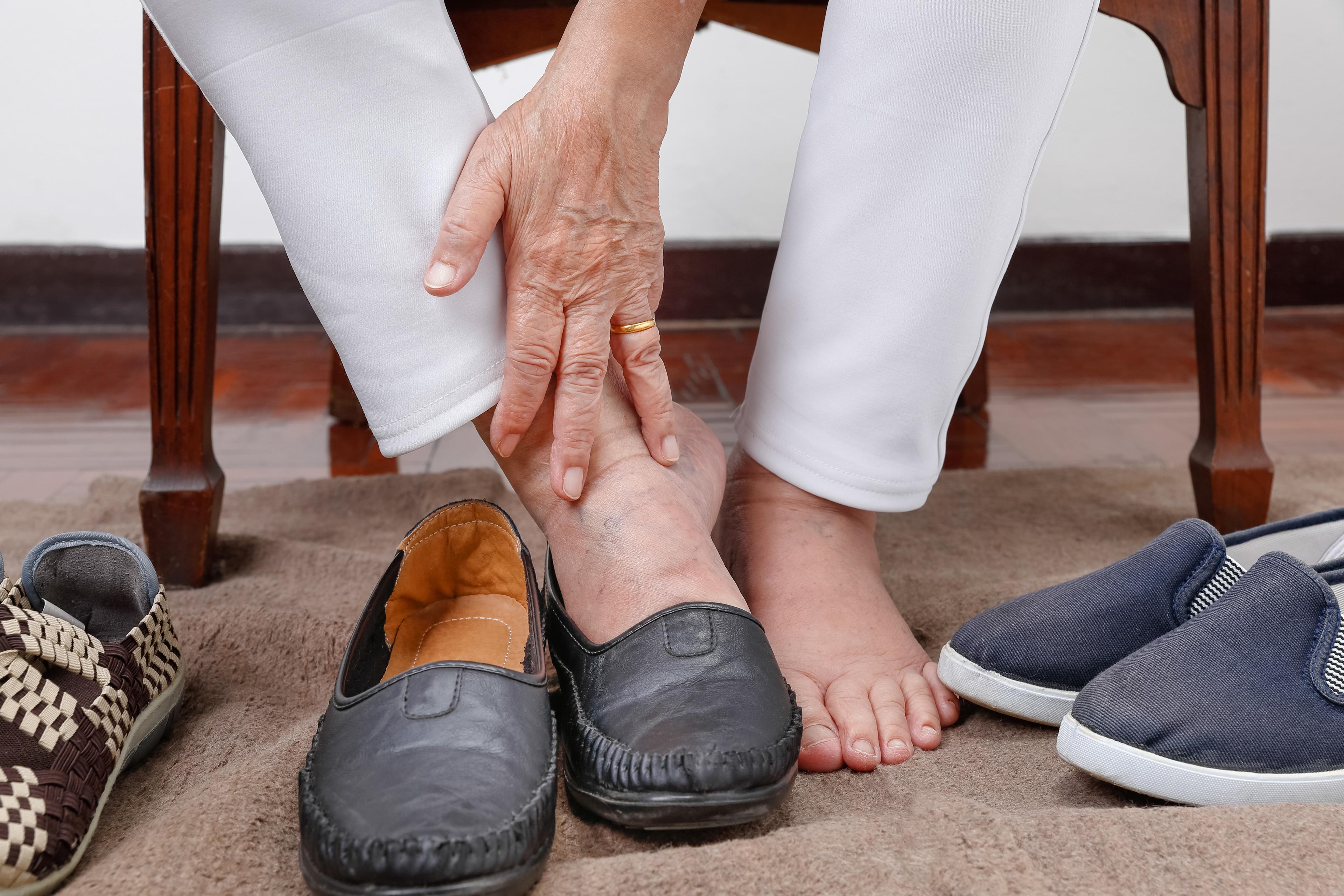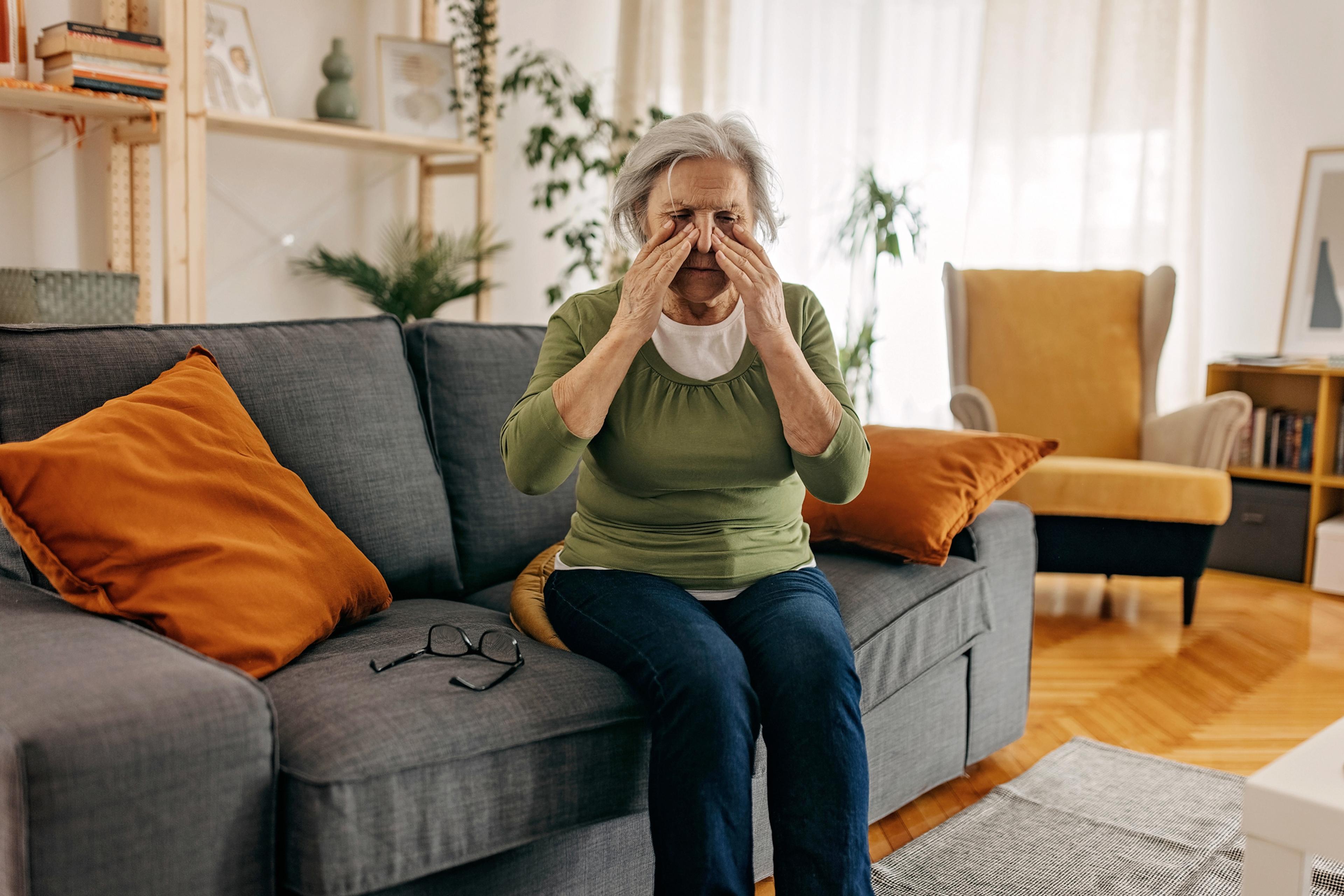Helping Someone with Alzheimer’s Age in Place
Amy Barczy
| 4 min read
Amy Barczy is a former brand journalist who authored content at Blue Cross Blue Shield of Michigan. Prior to her time at Blue Cross from 2019-2024, she was a statewide news reporter for MLive.com. She has a decade of storytelling experience in local news media markets including Lansing, Grand Rapids, Holland, Ann Arbor and Port Huron.

An overwhelming majority of adults want to age in place – and an increasing number of older adults are doing so as the proportion of individuals aged 85 and older living in long-term care facilities has declined throughout the past several decades.
Aging in place is defined by the U.S. Centers for Disease Control and Prevention as “the ability to live in one’s own home and community safely, independently and comfortably, regardless of age, income, or ability level.”
However, aging in place can take some planning, modifications and assistance – and for individuals with Alzheimer’s disease, it can be more difficult. The number of people living with Alzheimer’s disease, a neurocognitive disorder, is projected to rise by 1 million cases worldwide each year by 2050. A growing number of older adults will need to plan and assess the best living arrangement for care management and care preferences with their friends and family.
Alzheimer’s disease is a form of dementia. Symptoms gradually worsen over time, to the point that problems with memory, thinking and behavior interfere with everyday tasks.
There are three general stages to Alzheimer’s disease:
- In the early stage, people may be able to function independently during daily life – going to work, driving, being social – but may have difficulties remembering names, coming up with the right words, misplacing something valuable or forgetting something that was just read, for example.
- Middle-stage Alzheimer’s can be the longest and can last for years. As a person’s brain cells are damaged and break down, they can become forgetful, moody, withdrawn, confused and undergo personality changes that make them suspicious and at times delusional. In this stage, the person needs assistance but is still able to participate in daily activities.
- In late-stage Alzheimer’s, the person needs around-the-clock care and assistance as their dementia becomes so severe they are unable to react to the environment around them or eventually, to control their own movement.
It’s particularly important for family, friends and caregivers of individuals with Alzheimer’s disease to become involved, as the disease can result in memory loss and behavior like wandering.
Here are some tips to help someone with early-stage Alzheimer’s disease to age in place:
- Create a reminder system for medications: Taking medications as prescribed is important to manage health conditions.
- Stick to a routine: Get up, eat, bathe and get dressed at the same time each day. Eat meals in the same place.
- Label everyday objects: Add easy-to-read labels with either words or pictures to widely used items. For example, labels on the outside of a cabinet in the kitchen can help someone remember what is inside. Creating a list of basic details of a morning routine can help in the bathroom. Dresser drawers can also be labeled in the bedroom.
- Place photos around the house in highly visible areas: Pictures of happy memories and family members can help individuals continue to see their home as a positive place, even as their condition progresses. Photos can serve as a conversation starter, or a distraction during a challenging moment.
- Keep everyday items in an accessible place: Create stations throughout the home where commonly used objects can be located and quickly found. Keep the stations in the same place. For example, keep the TV remote, reading glasses and a book on the coffee table in the middle of the room. In the bathroom, put the toothpaste next to the toothbrush on the counter. Go room by room and assess what needs to be front and center.
- Use contrasting colors: Busy patterns – whether it’s a doormat, bedspread or tablecloth – can be overstimulating and confusing to older adults. Keep colors simple. Use high-contrast, basic colors to reduce confusion.
- Stay active: Find small ways to keep active throughout the day. Match activities to the person’s interest and activity level. Add music to the activities to help spark interest. Keep activities short and give time to rest.
Safety around the home is also an important consideration. Modifications may have to be made to keep older adults safe:
- Clear away clutter
- Use a shower chair and a raised toilet seat in the bathroom
- Remove trip hazards like small rugs or electrical cords
- Make sure stairs have at least one handrail
- Consider safety grips on stairs or mark the edges of the steps with bright tape
- Ensure the home is well-lit
- Remove or lock up cleaning products or household products, including matches or lighters
- Any doors leading to spaces of the house that may be dangerous for the older adult – like the basement or garage – should be locked
Alzheimer’s disease can also affect an individual’s communication. As their memory begins to fail them, they can become agitated and angry as they try to find the right words to say.
Managing the care of a loved one can be difficult as you weigh what’s best for their care management with your capabilities and the resources available to you. The Area Agency on Aging 1-B has resources to help families and caregivers. Visit aaa1b.org to learn more.
Photo credit: Getty Images





